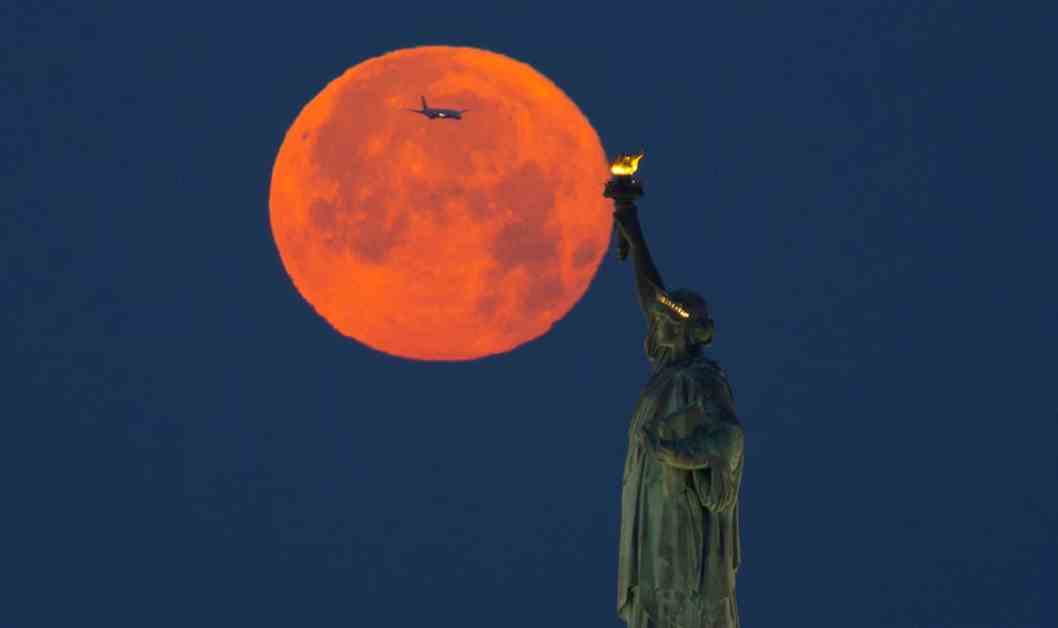June’s Night Sky: Witness The ‘Solstice Moon,’ Red Giant, and ‘Space Clouds’
The month of June brings a plethora of celestial events that will captivate space enthusiasts and stargazers alike. From the beautiful crescent moon shining close to the stars of Gemini and Leo to the big moon near the brightest star in Scorpius, the night sky offers a visual treat for all observers. Additionally, the appearance of noctilucent clouds in the northeastern night sky adds an extra element of wonder to the cosmic show.
1. A Beautiful Crescent Moon
Witness a stunning crescent moon shining above the western-southwestern horizon from June 7 to June 10. The crescent will be in close proximity to the stars of Gemini and Leo, providing a picturesque sight for those who take the time to look up. Don’t miss the opportunity to observe this celestial phenomenon, especially if you have binoculars to enhance your viewing experience.
2. A Big Star And A Big Moon
On June 19, look towards the east-southeast sky to spot Antares, the brightest star in the constellation of Scorpius. This red supergiant star, 12 times the mass of the sun, will be accompanied by a big, bright, waxing gibbous moon, creating a striking celestial pairing that is sure to capture your attention.
3. Noctilucent Clouds
Keep an eye out for noctilucent clouds in the northeastern night sky during evening twilight. These mesmerizing “night shining” clouds, also known as “space clouds,” consist of icy dust particles and form approximately 50 miles above the Earth’s surface. Stargazers at latitudes between 50 and 70 degrees north of the equator may have the opportunity to witness this unique phenomenon with the naked eye or binoculars.
4. Midsummer Night’s Eve
Celebrate the summer solstice on June 20, the longest day of the year in the Northern Hemisphere. Take in the sunrise and sunset on this special day, as the solstice marks the official start of summer in the northern hemisphere and winter in the southern hemisphere. Witness the sun at its farthest northeast and northwest points, signifying the planet’s maximum tilt towards the sun.
5. The First Full Moon Of Summer
On June 21, catch a glimpse of the full “Strawberry Moon” rising in the eastern sky during dusk. Known as the lowest-hanging and latest rising full moon of the year, the “Strawberry Moon” coincides with the summer solstice, earning it the titles of “Hot Moon” and “Planting Moon.” Embrace the beauty of this celestial event as the moon graces the night sky.
6. A Big Rocket Launch
Mark your calendars for June 25, when a SpaceX Falcon Heavy rocket is set to launch the NASA/NOAA GOES-U satellite into a geostationary orbit. The rocket will take off from Kennedy Space Center, Florida, in what promises to be a spectacular display of space technology and innovation.
As June unfolds, immerse yourself in the wonders of the night sky and marvel at the celestial delights that await you. Whether you are a seasoned stargazer or a casual observer, the cosmic events of this month are sure to leave you in awe of the vast and mysterious universe above. Stay tuned for more updates and remember to keep your eyes on the stars.
